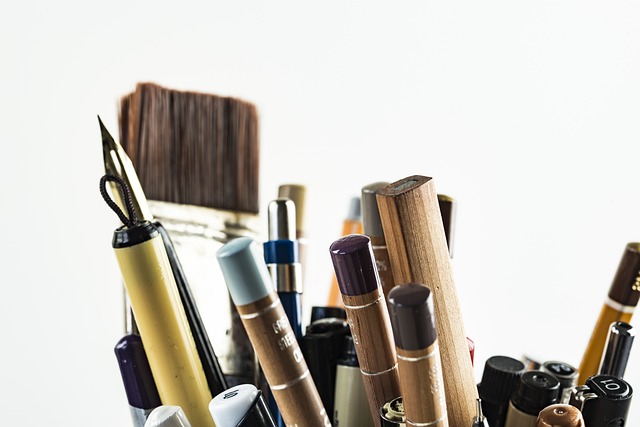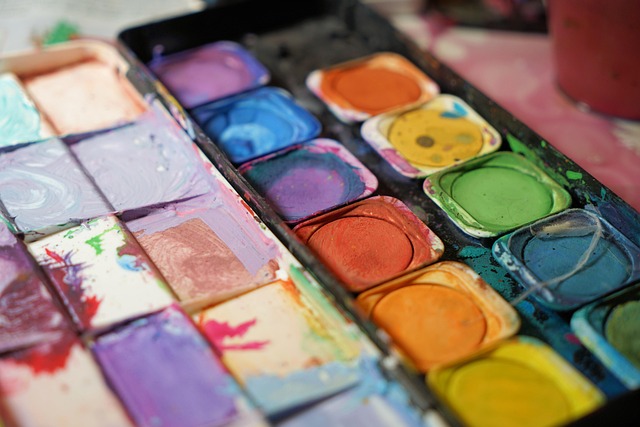Mastering the Intersection of Art and Design: The Importance of Art Education in Graphics
In the world of graphics, the seamless blend of art and design is not just a technical skill but an intuitive language that speaks directly to emotions and ideas. At the heart of this blend lies art education, the foundation that empowers creators to master both aesthetics and functionality.
Art education is more than just learning how to draw or paint; it is about cultivating a deep understanding of visual storytelling and communication. Design, on its own, often focuses on problem-solving and usability, but when fused with art, it transcends mere utility and becomes a compelling experience. This intersection transforms basic visuals into powerful mediums that captivate, inspire, and engage audiences on a profound level.
When we look at graphic design through the lens of art education, we see a richer, more nuanced approach. It equips designers with the ability to experiment with texture, color, form, and composition—not simply for decoration, but to create meaningful connections. The principles learned from traditional art classes, such as balance, contrast, and movement, become indispensable tools in crafting compelling graphics that resonate emotionally and intellectually.
Moreover, art education fosters creativity that breaks conventional boundaries. It encourages thinking beyond the digital interface and challenges graphic designers to infuse personality and soul into their work. The skills developed in art education nurture originality—turning everyday ideas into visually striking messages that stand out in a crowded digital landscape.
For anyone venturing into the graphics field, understanding the role of art education is crucial. It bridges the gap between conceptual art and practical design, enabling professionals to harness both technique and creativity. This synergy is essential in today’s fast-evolving visual culture, where the demand for authentic, emotionally-rich, and aesthetically pleasing content is higher than ever.
Ultimately, art education does not merely prepare designers to create; it empowers them to innovate and lead the future of graphic communication. It invites us all to see beyond pixels and vectors, helping to unlock the full emotional and imaginative potential of design.




